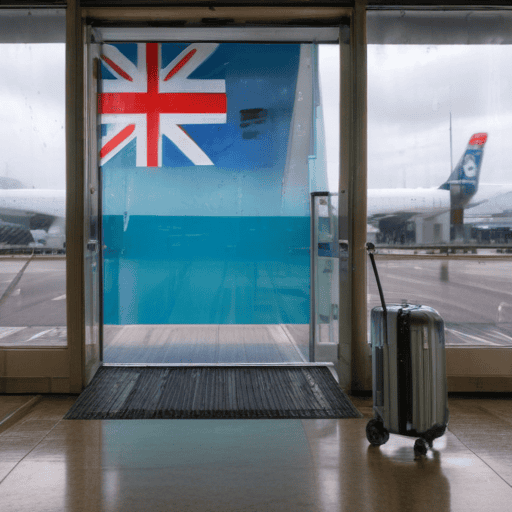Fiji Airports is addressing significant financial challenges as it navigates the necessary upgrades for its government-owned airports, primarily focusing on Labasa Airport. Currently, Nadi International Airport is the only profitable facility managed by Fiji Airports, limiting available resources for financing infrastructure improvements needed across the other 14 airports, including Labasa.
CEO Mesake Nawari emphasized the lack of “free capital” to fund an extensive 25-year infrastructure development program aimed at modernizing these facilities. His comments were made following inquiries about the ongoing delays in Labasa Airport’s redevelopment.
In a recent positive development, a temporary terminal at Labasa Airport opened a week ahead of its expected completion date, with the goal of improving passenger flow in light of the airport’s average daily traffic of 200 passengers. This temporary facility accommodates only 70 seating capacity, which could lead to congestion during peak times. To mitigate this, additional temporary structures have been erected outside the terminal.
The temporary terminal is part of an eight million dollar project to upgrade airport services, with plans for a permanent terminal that will enhance seating capacity to 138, alongside a designated arrivals area. Construction for the new terminal is expected to commence soon and take approximately 18 months to complete.
The historical challenges in upgrading Labasa Airport are attributed to funding dilemmas and setbacks from the COVID-19 pandemic. Despite these obstacles, the recently initiated projects represent a hopeful step towards improving airport infrastructure in Fiji, which can potentially bolster tourism and positively impact local economies in the future.
The commitment to modernize the aviation infrastructure in Fiji is crucial. Enhancements being made at Labasa Airport signify not only improved travel experiences for residents but also opportunities for stimulating economic growth, particularly in the tourism sector—a vital aspect of Fiji’s economy. As these developments progress, there is a sense of optimism regarding future travel experiences and economic resilience in the region.

Leave a comment